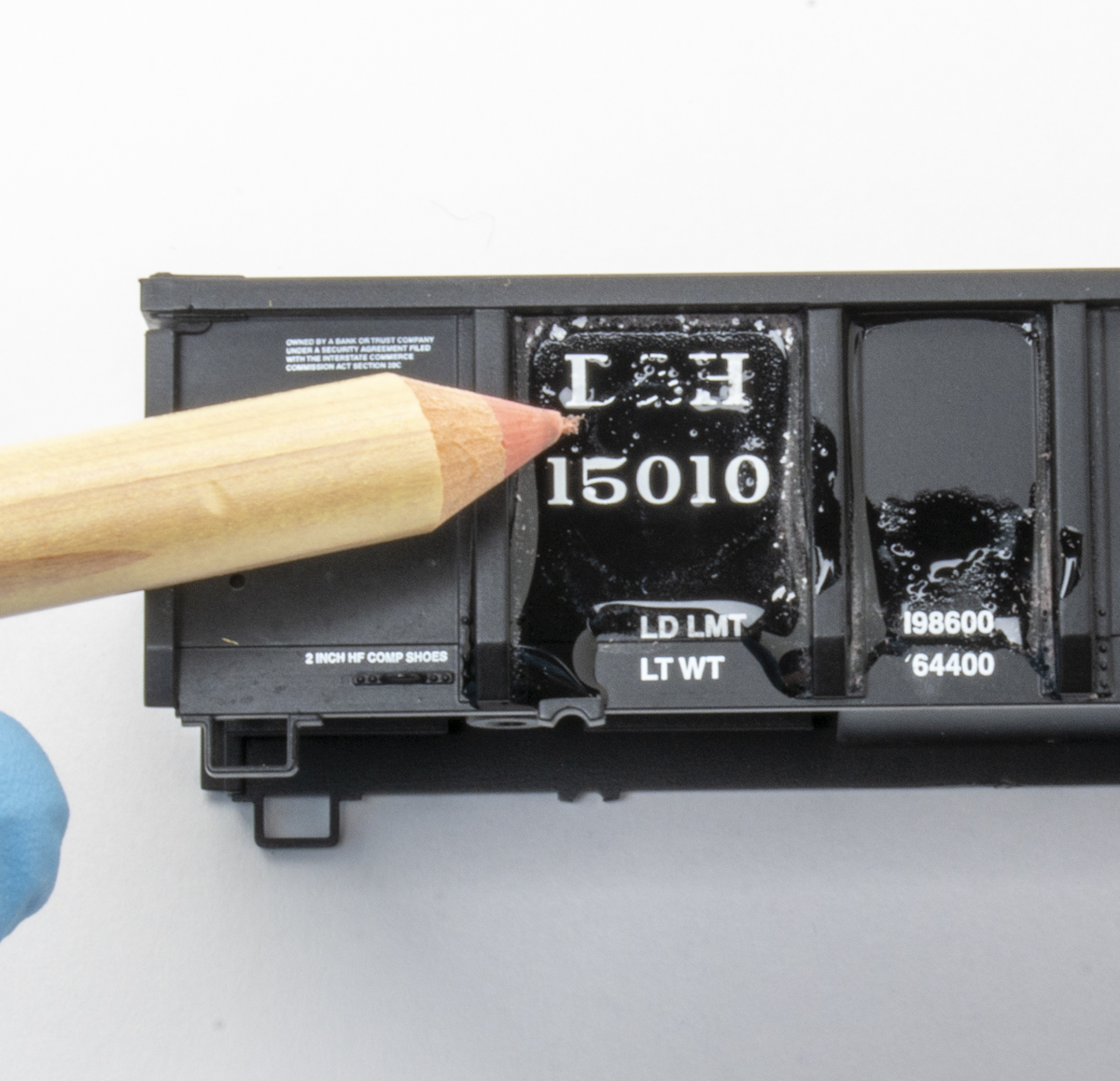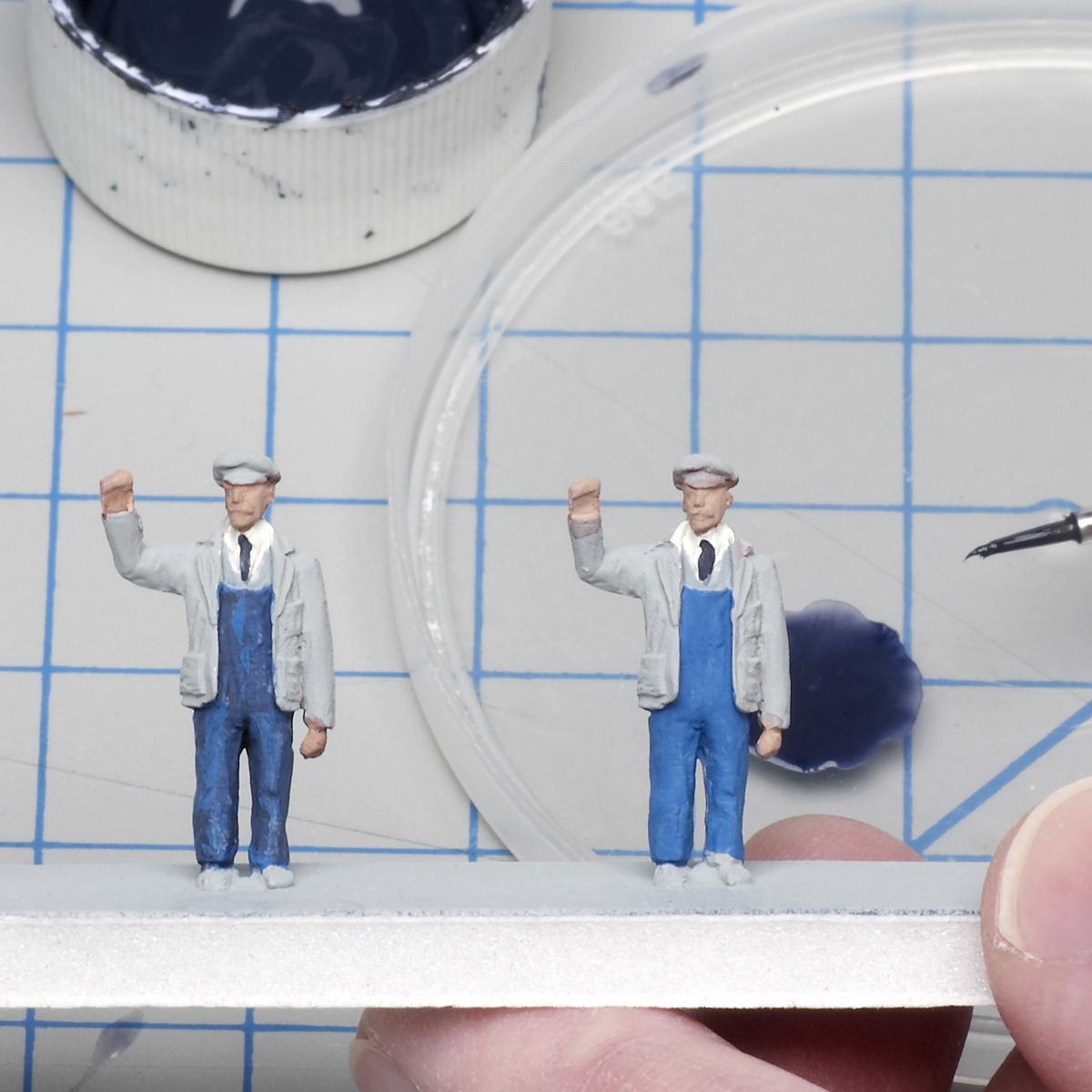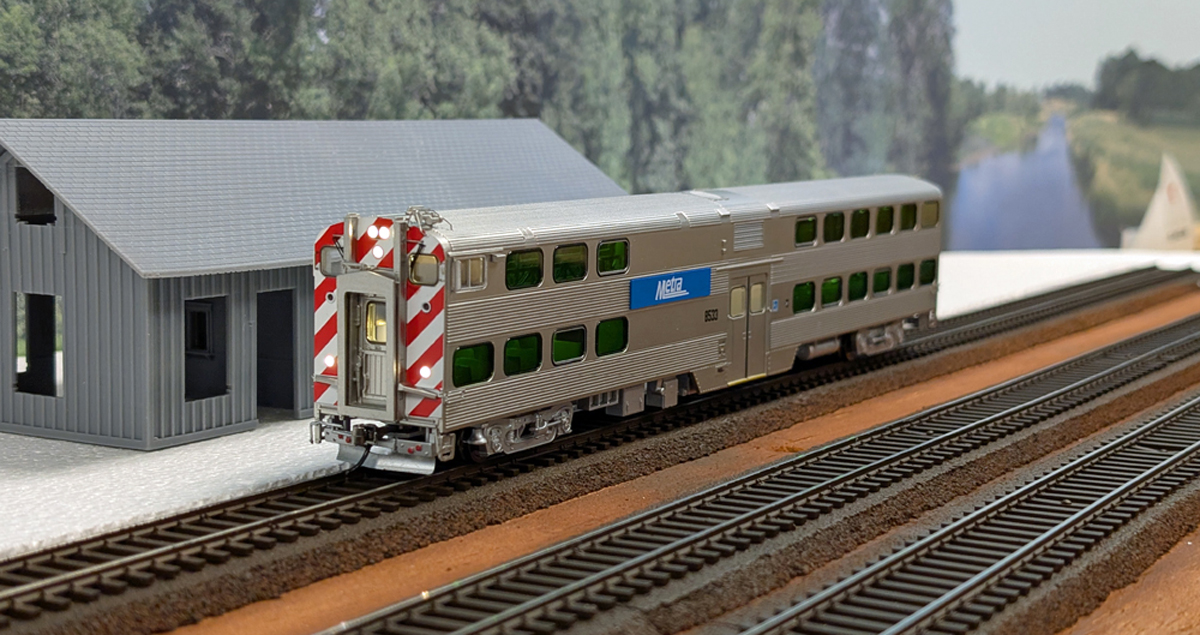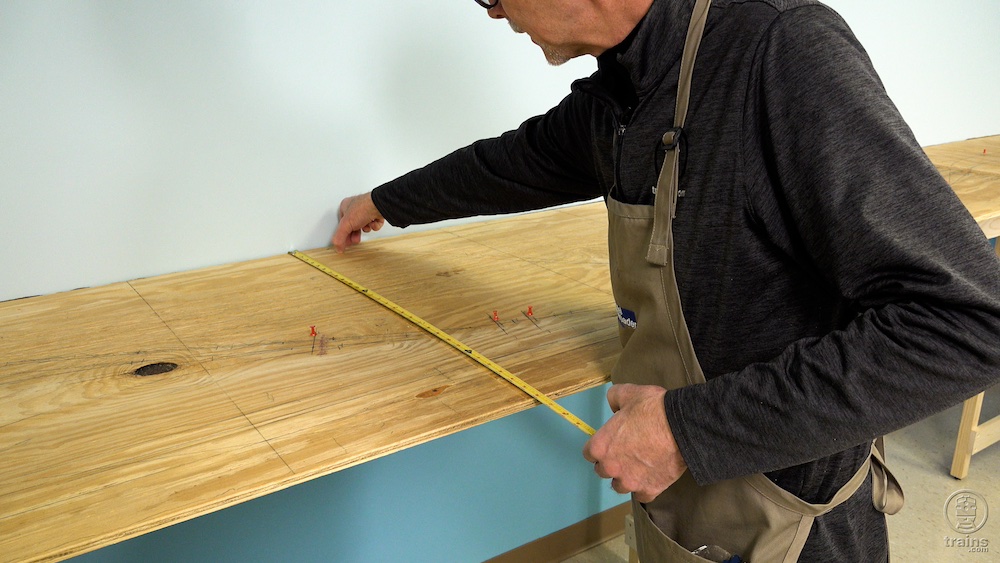A common question newcomers to model railroading ask is “Why do railroads use signals?” The quick answer is to keep trains moving safely. But the topic of railroad signals deserves more of an explanation.
The evolution of railroad signals
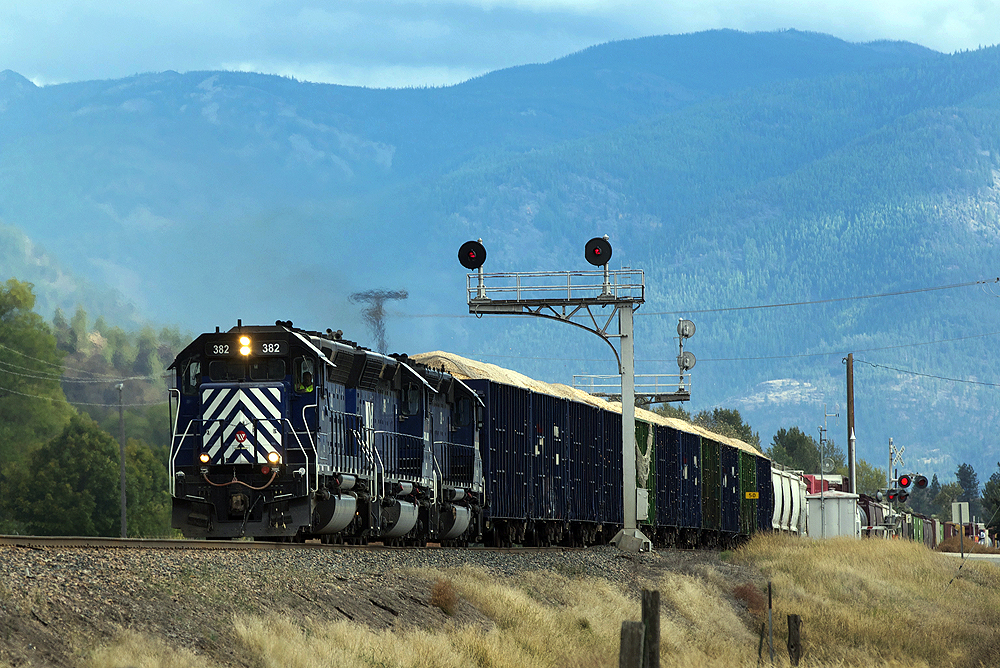
When trains are running in the same direction on the same line, in opposite directions on the same track, and at interlockings where tracks cross each other at grade or lines diverge, some sort of traffic control is needed.
Timetables and train orders were early examples of traffic control. Check out my article “Why did railroads use train orders” for more on that topic. Over the years other signal systems were developed, including manual blocks, automatic block signals (ABS), and Centralized Traffic Control (CTC).
Just as there have been various signal systems, there have also been different signal types. Examples include ball signals, cab signals, clockwork signals, color-light signals, color position-light signals, disc signals, dwarf signals, lower- and upper-quadrant semaphores, motor-car signals, position-light signals, searchlight signals, and smashboards. Check out “Railroad signals 101”, “Train signals and interlockings unraveled”, and “What railroad signals mean” for additional prototype information.
Railroad signals on your layout
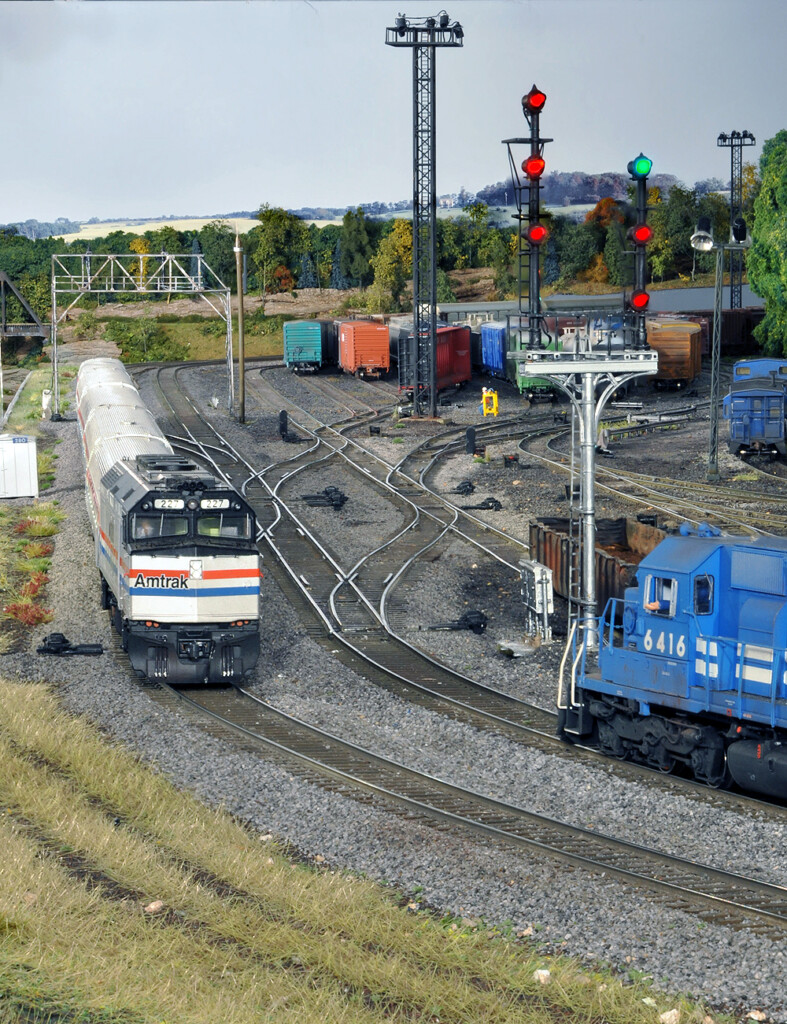
Though we often sweat the fine details on our model railroads, many times signals are overlooked. Why? Because building a working signal system can be a lot of work, and finding the correct signals isn’t always possible. However, a functioning signal system can add another level of realism (and excitement) to a model railroad.
Dave Abeles, author of Guide to Signals & Interlockings, has a working signal system on his well-known HO scale Conrail Onondaga Cutoff layout. His article “How to choose signals for your layout” contains a lot of valuable information if you’re considering adding these details to your model railroad.
If you’re not ready to build signals and run wires under your layout, that’s OK. Bruce Carpenter came up with a clever solution that appeared in the April 2017 issue of MR. His Human Model Railroad Interface uses paper signals that allow prototypical operations without all the wiring and expense. You can download a free file that features signal templates from a variety of railroads on Trains.com.
For additional inspiration on signals and other lineside details, pick up Modeler’s Guide to the Right of Way by Jeff Wilson.
Signal manufacturers
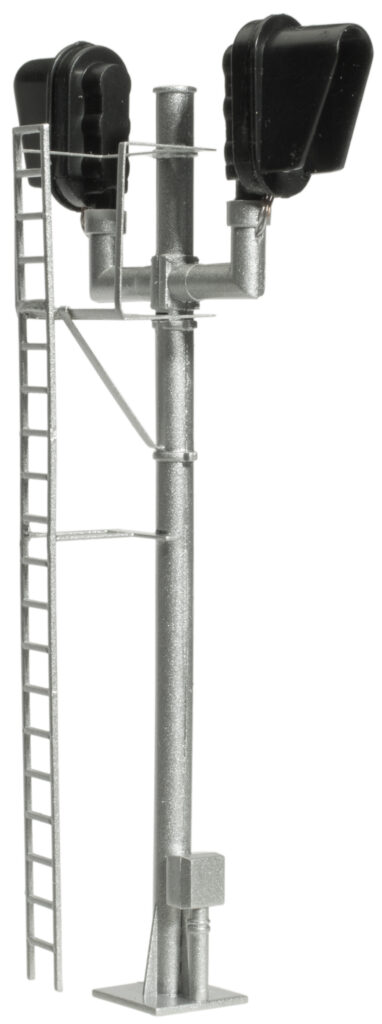
In the May 2003 issue of MR, Andy Sperandeo and I wrote “Signal buyer’s guide” with information on where to find signals, circuits, and software. The four-page article contained information on the elements of a signal system and a list of signal manufacturers.
In the 20-plus years since that article, some of the manufacturers have closed and other companies have changed owners. A recent example of the latter is when Atlas Model Railroad Co. acquired Custom Signals.
To see what signals are currently on the market, check out the 2024/2025 Model Railroad Reference Book from Wm. K. Walthers Inc. The book covers Z, N, and HO scales. Internet searches for signals in your favorite modeling scale will most likely yield more results.
I’ll let Andy have the last word on railroad signals, as published in the May 2003 MR: “Signals can bring new levels of excitement and realism to a model railroad. In terms of operation they can serve almost exactly the same function as on the real thing, and signals can also help establish the character or identity that distinguishes one railroad from another.”






